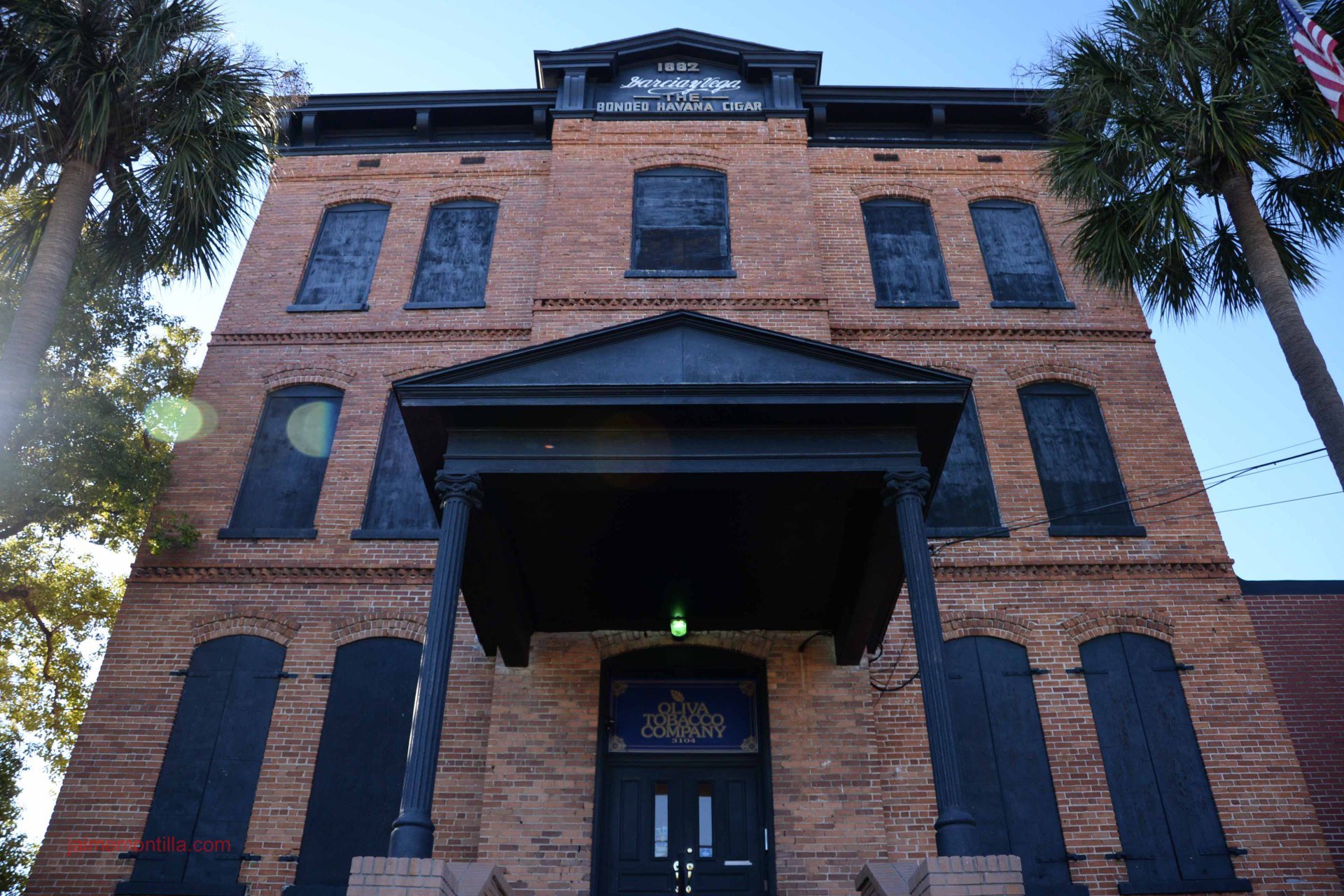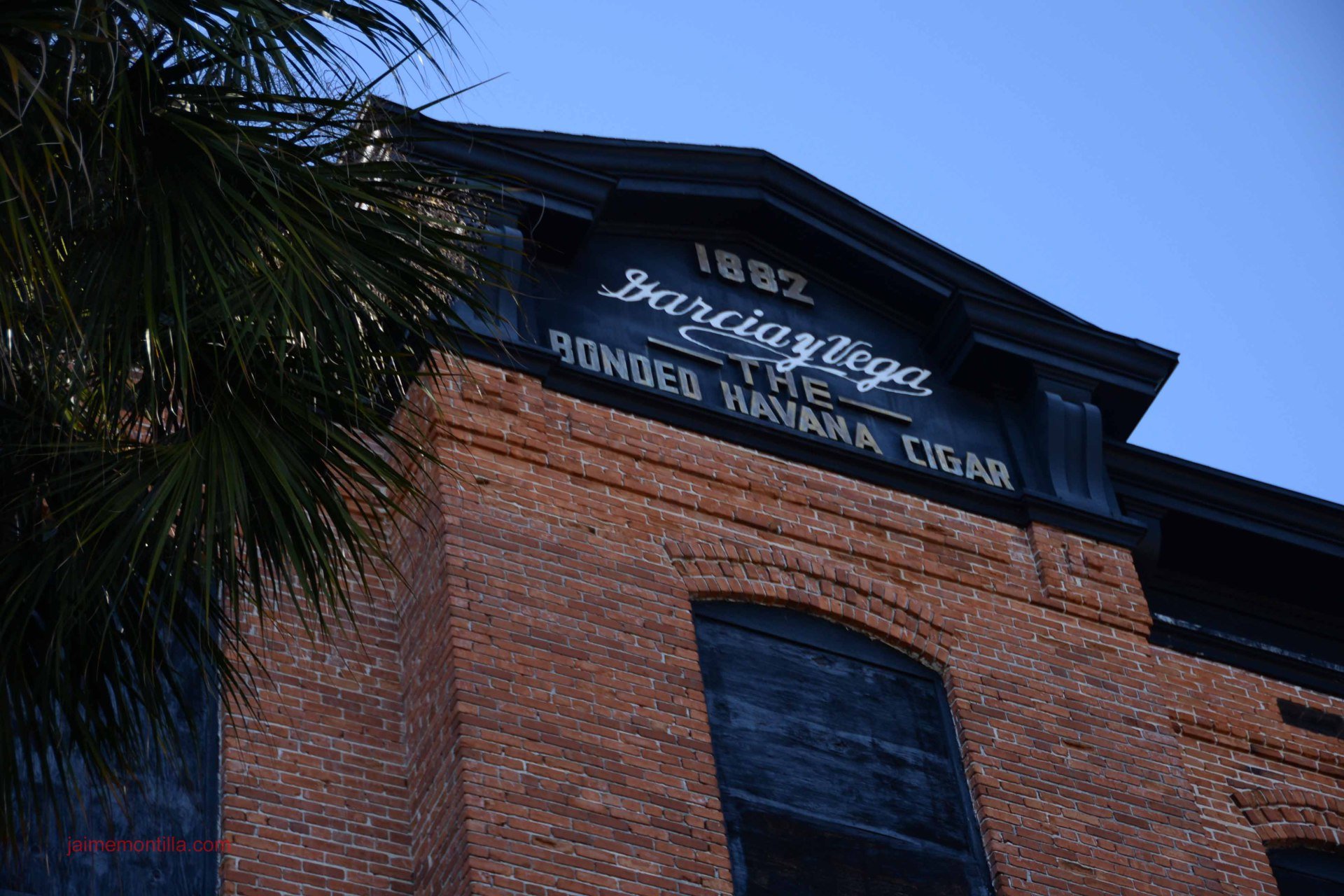
Garcia & Vega Cigar Co. - West Tampa
Garcia & Vega Cigar Co. was founded in New York in 1882 as Garcia & Gonzalez Cigar Co. by Spanish immigrant from Asturias Alvaro Garcia Longo (1854-1921). In 1884 also Asturian immigrant from Arriondas José Vega (1860- ) became a partner and the firm name was changed to Garcia & Vega Cigar Co. In 1895, also Spanish immigrant Pantaleón Félix Carcaba (1852-1906) was added as a third partner and the firm's name was changed to Garcia, Vega & Carcaba Cigar Co. Carcaba emigrated to the USA from Cuba in 1872 and settled in Cincinnati, OH from where in 1893 he relocated to St Augustine, FL. The United States Directory of Cigar Manufacturer, Importers, Packers and Dealers published in 1902 lists Garcia, Vega & Carcaba operating a factory in St. Augustine. In 1906 upon the sudden death of Carcaba, the name was changed back to Garcia & Vega. They owned the Austino, El Mas Noble, La Flor de Alvaro Garcia Longo, Garcia y Vega, La Rosa de Mayo, Duquesita, La Perla Española, Flor de Garcia y Vega and Flor de P. F. Carcaba brands.
According to Hillsborough County Property Appraiser, this 60,180 sq. ft. building was built in 1908. The inscription on the building states "1882 Garcia & Vega The Bonded Havana Cigar", which is the year the company was established, not the year the building was constructed. The state first granted the land which would be the site for this building to Antonio Perria on March 10, 1884, before John Drew and Hugh McFarlane developed what would eventually be West Tampa. It was sold to Alvaro Garcia and José Vega in 1907.
José Llaneza-Benito (1884-1960) was a Spanish immigrant from Infiesto, Asturias. At a young age he emigrated to Cuba from where he came to Tampa in 1899. In 1918, according to this two page passport application (page1, page 2), Llaneza was employed at Francisco Arango & Cia., makers of the well known Pancho Arango brand, where he was also a stockholder. Francisco Arango & Cia. shut down in 1922 as the result of the 1920 labor strike that lasted ten months from April 1920 until February 1921 and was purchased by the New York-Tampa Cigar Co. owned by Fred Davis, brother of Samuel I. Davis. José then worked as superintendent at the Schwab-Davis Co.
In 1922, while employed by Schwab-Davis Co., Llaneza, José Villazón and José Arango, partners in the defunct Francisco Arango & Cia., became the majority investors in an new venture named Villazón & Co. since José Villazón was the largest stockholder. Laneza went to work full time at Villazón & Co. soon after December 31, 1935 when Gradiaz, Annis Co. merged with the Schwab-Davis Co.
After the end of WWII, cigar factories in Tampa started faltering and Villazón & Co. was able to acquire some of them and their cigar brands. Among those were José Arango Co., Bustillo Bros. & Diaz and the Antonio Co. in 1956. Jose Llaneza eventually bought out his partners in Villazón & Co. and retired in 1950. He then handed over the business to his sons José Llaneza Jr. (1907-1990) and Frank Llaneza (1920-2010). In 1956 Villazón & Co. also acquired Preferred Havana Cigar Co. and in 1970 acquired Garcia & Vega Cigar Co.
Soon after the acquisition of Garcia & Vega Cigar Co., which included this building, Frank Llaneza then president of the firm and Tino Gonzalez* (1917-2012) who had worked at Garcia & Vega since the 1940's, moved Villazón here from Ybor City. In 1997 General Cigar Co. acquired Villazón Cigar Co. brands for a reported $91 million.
On April 10, 2001 General Cigar sold the building to Angel Oliva Jr. and John E. Oliva Sr. who soon thereafter transferred title to Oliva-Armenia LLC, its actual owner. The building is currently occupied by the Oliva Tobacco Company, a well known supplier of high quality tobacco to many major cigar manufacturers, the Garcia & Vega name still can be seen on the building's fascia.
This link is to a very interesting interview of Frank Llaneza by Gordon Mott that was published in the Cigar Aficionado edition of Jan/Feb 1999. This other link is to an article in the Winter 2004-2005 edition of the Cigar Magazine about Frank Llaneza's journey in the cigar industry.
_____________________________________________________
* grandfather of well known baseball player Tino Martinez







